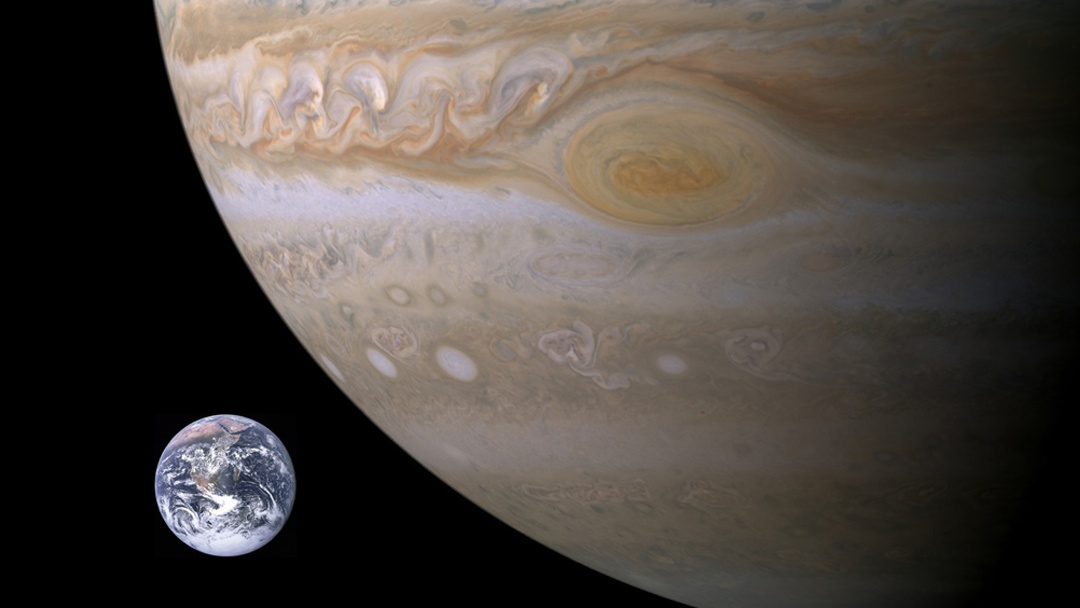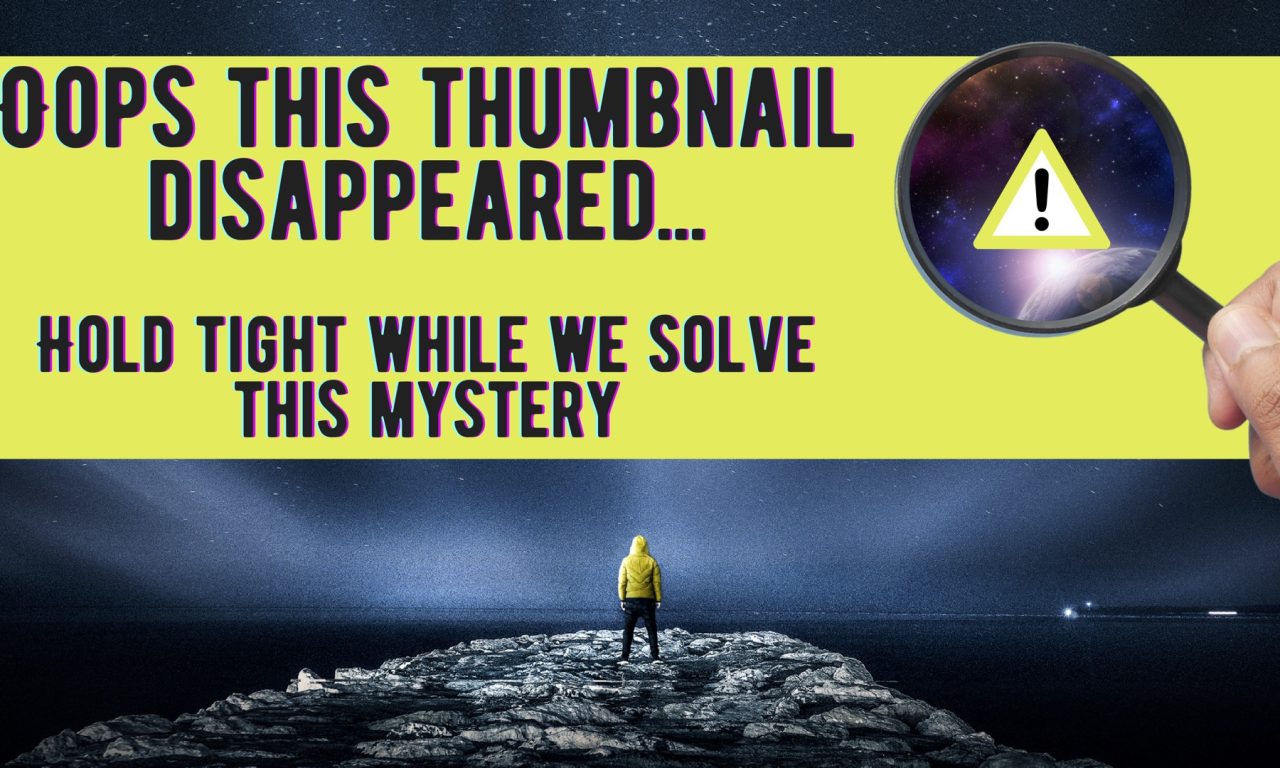The red “spot” is only a spot in relation to the surface of largest planet that circles the sun. In sheer size, it dwarfs such things as the great land masses of Russian, or China, for that matter than planet Earth, far larger than any spot your dermatologist has ever had to treat.
And articles by scientists again, recently, concede: we really don’t know exactly what that is. We’re making a lot of educated guesses, though.
“Understanding the Great Red Spot is not easy, and it’s mostly Jupiter’s fault,” asserts an article from NASA. They’re referring to the characteristics of the gas giants, the churning, competing, ever-changing bodies of flying chemicals that interact in less than entirely predictable ways.
Thus, even experts like the scientists at NASA refer to the phenomenon as “A Swirling Mystery.”
But the consensus for a while is that the spot, first observed by Cassini in about 1665, is akin to a stable hurricane, with forces that drive warmer gas upward and power a permanent counter-clockwise cyclone that moves the gases at some 300 miles an hour.
Did we say permanent? That’s the narrow thinking of people who live less than a hundred years, impressed that the Red Spot may have been around for earth-millennia. But in a universe that took billions of years to form, aren’t we witnessing only a few instants on Jupiter?
Some indications are the spot grows smaller, and may be gone in, who knows, a few earth-centuries even. But why’s it growing smaller?
Mysteries remain.












